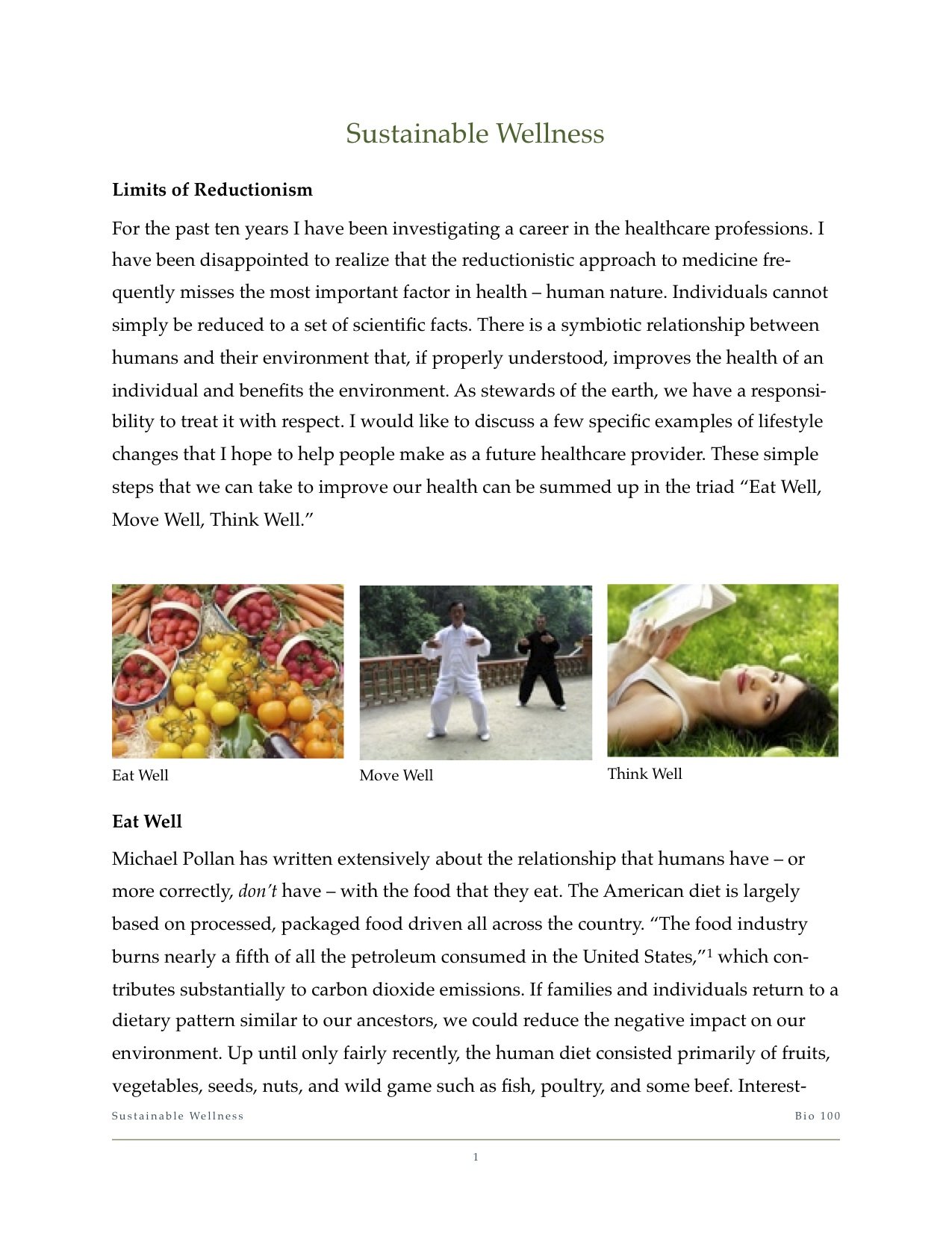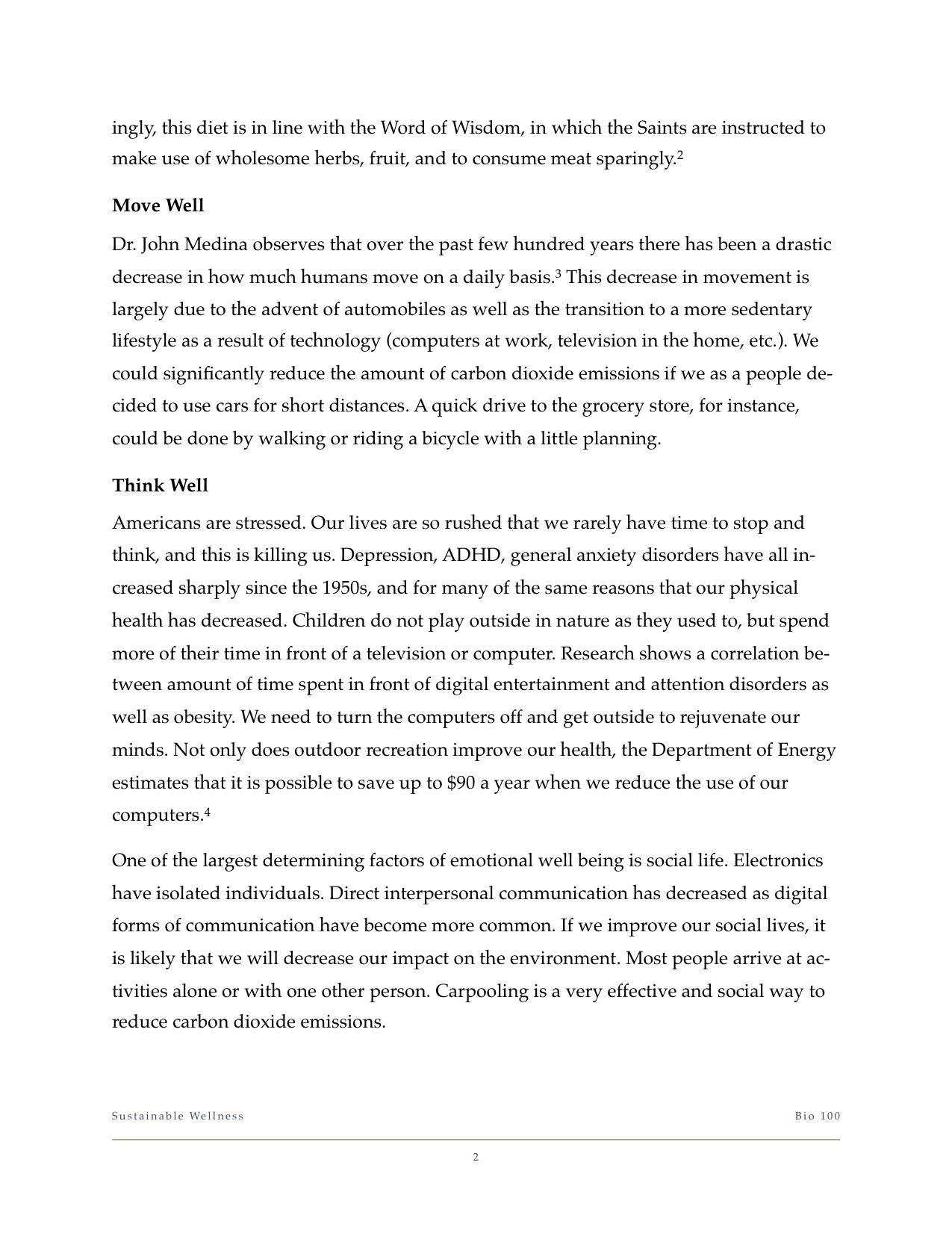Another argument for NO HANDOUTS
I'm running the tech for an educators' meeting this morning (I wasn't involved in the preparation of this presentation).
As is customary, the presenter provided their PowerPoint slides as handouts to the attendees. These were printed the day before, but the presenter mentioned to me that she had made some quick changes last night. A few minutes in, she advanced to a slide that wasn't in the handout.
I underestimated the repercussions – nearly every attendee began flipping through the handout searching for the elusive missing slide! Their attention was completely diverted from the presenter – who either didn't notice or didn't think to explain that the slide was missing from their handouts.
To add to the disruption, I was controlling a pre-loaded version of the presentation for a webcast. I also received the slides before the edits, and was not sure whether I skipped a slide, missed a slide, or what!
This is just another example of the drawbacks to providing handouts to the audience before the presentation. It is better to prepare a proper document to accompany the presentation (not just a copy of the slides) and provide it after the presentation.
The Good and Bad of the Prezi Contest Winner
Today, Prezi announced the winner of its iPad Contest. I am excited by the results, but also slightly concerned. The contest asked participants to create a Prezi presentation that would answer the question "iPad + Prezi = ?" in an effort to explore the possibilities of using the new Prezi for iPad app. New technology is always exciting and – like many teachers and students – my first thoughts go towards how it can be used in the classroom. I viewed all 7 finalists for the competition and nearly all of them mentioned using Prezi + iPad in some educational setting.
I especially liked Derek Jones' presentation which explored using Prezi for iPad in various combinations, such as using one iPad to browse various presentations, or using multiple iPads to interact with the teacher's presentation. Check out this concept from his presentation: While a teacher is lecturing, a question can be shown on the projector screen while the possible answers are shown on the students' iPad screens. Each student can then respond on their iPad. How awesome is that?!
Concept: Use Prezi + iPad as a quiz & feedback tool in the classroom
While this functionality is not yet possible with Prezi, it is this conceptual thinking that drives technology forward and makes it worthwhile to explore it's use in the classroom.
The winner, by popular vote, of the Prezi + iPad contest was Will Gibbs, a History teacher in Philadelphia. Will's presentation also encourages the exploration of using new technologies in the classroom and emphasizes the importance of teachers and private companies in moving forward and revolutionizing the tools available for education. In particular, he mentions the use of tests that haven't changed in 30 years! While I agree with Will that "there is far too much stagnancy in our educational institutions right now," his presentation also suggests a viewpoint that I have heard more and more from teachers, that greatly concerns me. Evidently, some people think that using old technology is ridiculous.
I completely disagree that all old technology must die!
There seems to be a fear from some teachers that if they are not using the most current and up to date tools in their classroom that they themselves may become defunct, lose touch with their students, and fail as a teacher. This is not true!
Yes, teachers need to be flexible and willing to try new things as they are available to them, and new technology is one of the greatest ways to get student attention and encourage students to actively participate. But this doesn't mean that it is ridiculous to use tools such as overheads, chalkboards, and dioramas in the classroom today. Sure, updated versions such as document cameras and whiteboards might be better, and allowing students to create stop-motion film or podcasts are a great alternative. But sometimes paper and pencil are just more effective than handing out 20 iPads for the students to sketch on.
We need to use technology that is proven to be effective, not just technology that is new!
WHAT DO YOU THINK?
Amazing Lecture Series
However, I do have a set of priorities outlined for this blog, one of which is to introduce you to a series of amazing lectures or lecturers that I have come across in my personal experience or that I have found on the web. I hope to show educators that there are alternatives to the monotony of reading PowerPoint slides and that it can be done in the classroom. I will focus on sharing examples of other teachers who have found ways to use slideware or other technology to enhance their teaching and improve their students' learning.
[caption id="attachment_103" align="aligncenter" width="430" caption="BYU Professor Lectures on Finance ©2010 BYU Photo"] [/caption]
[/caption]
So stay tuned by subscribing to the RSS feed, or visit frequently.
A Solution to Slideuments
Recently, there has been some discussion among various presentation blogs on the practice of distributing handouts to accompany presentation slides. (Visit Speaking About Presenting or Phil Presents to get caught up and learn some great tips.) This topic goes hand in hand with my own previous posts on slideuments and docuslides, since most presenters create their slides to also serve as a handout (resulting in slideuments), while a few presenters present their documents (resulting in docuslides). The problem with both slideuments and docuslides is a misunderstanding of how information should be presented. As I have explained before, lectures and presentations primarily utilize oral information with visual supplements. Documents – papers, essays, books, etc. – are primarily textual information. Documents are meant to be information dense, while slides are not.
Let me restate this more transparently:
- If you are presenting a lot of information, non-verbally, create a document.
- If you are presenting orally and want visual aids, create slides.
It really is that simple! If you are e-mailing, mailing, distributing handouts, or otherwise delivering information which will stand on it's own, it does not make sense to use PowerPoint or other slideware to create the document!
One solution to slideuments is to create both a document and accompanying slides – and it doesn't take as much work as you might think.
Some time ago I was required to write a final paper and give a presentation on the same topic for my biology class. I chose to research sustainable practices for healthy living. First, I wrote my paper using Apple's Pages (a word processor similar to Microsoft Word). Once that was complete, I then began to select the important points that I would cover in my presentation. I created a slidedeck using the same titles, images, and order of topics.
Click here to download the full paper: Biology 100 Final Paper
You can download the slides by visiting Slideshare.net.
There are two important things to remember:
1. Create the document first.
You should never begin preparing for a presentation by creating your slides first. The act of creating slides tends to lead to tinkering with the technology. In fact, don't even design the document yet, just write out what you're going to present on in a free flowing fashion. (Garr Reynolds of PresentationZen fame, and Nancy Duarte both refer to this as going 'analog'.) Worry about the accompanying images and layout later.
2. Use the same design elements.
Basic design principles state that two things that are supposed to go together look alike. Use the same font, color scheme, and – of course – images! People remember images up to 6x more than what they hear, so using the same images in both your document and presentation will lead to them remembering what you said.
Slideuments are an unnecessary, and unfortunate, habit among office personnel, presenters, and teachers. I have been subject to both extremes in my education. On the one hand, I've taken courses in which textbooks are all but replaced with printed PowerPoint slides... with random words blanked out as if it were a Where's Waldo game! On the other hand, I've sat in class, day after day, as the professor read off of web pages that contained the material for the course. I can understand how these practices might appeal to the professors – they're very convenient and require relatively little preparation for lecturers who are often more concerned with putting the final touches on their grant proposal or spending time in the research lab. But using docuslides or slideuments take valuable opportunities away from the student.
In the end, slideuments do not match Dr. Diamond's test of "using things that have been shown for learning, rather than just keeping up with the technology."
Prezi in Education
New technologies are always developing that can be useful in the classroom. Over the past couple of years, Prezi started as a small start-up with a unique idea and has developed into a very usable alternative to PowerPoint and Keynote for creating presentations.
Prezi is very different in that, rather than a collection of slides presented in linear fashion, the presenter prepares a canvas that contains all of the material – text, images, even online content – that can be browsed, zoomed, spun, and more. You may be familiar with the idea of mindmapping – starting with a core concept and connecting related ideas in a web-like diagram. Prezi builds on this idea and adds an interactive level.

Where Prezi really shines in the classroom is the ability to show the big picture as well as the finer details.
Recently, the team at Prezi launched a resource called Prezi Explore, a collection of presentations licensed for reuse and adaptation. This is an excellent resource for teachers who can grab a prebuilt presentation on a difficult concept and use it to give a new perspective to their students.
One of the Prezi presentations included in this section explains how Prezi can be used as a teaching tool. Browse through it and see some really great examples of how the tool can be used in the classroom to help students have a better understanding of the topic.
If you like what you see, go ahead and sign up for Prezi – it's free for the public, plus they offer free upgraded accounts to individuals with a .edu e-mail address.
Slides are Your Visual Soundtrack
Slides should serve as a "visual soundtrack" to the presenter.
Read MoreWhy a neuroscientist doesn’t use PowerPoint
[caption id="" align="alignleft" width="125" caption="Dr. Marian Diamond, U.C. Berkley"] [/caption]
[/caption]
During my semester studying anatomy for my undergraduate degree, I began downloading podcasts via iTunes U to supplement my own lecture experiences. I came across an anatomy course taught at UC Berkeley by the wonderful Prof. Marian Diamond. While listening to the first lecture in the series, I was extremely impressed with her calm and authoritative demeanor. All at once she exudes confidence and respect toward her students. After a short pause during the lecture to erase the chalkboard, she said, "I have to tell you why I don't use PowerPoint." I was overcome with excitement and anticipation as I waited to hear why this capable teacher purposefully abstained from using a popular technological tool. What followed was a brief yet powerful statement that every teacher who uses lecture slides should consider. I include it here verbatim:
"I have to tell you why I still use chalkboard and do not use PowerPoint. Because I've studied learning mechanisms long enough to know that it takes time to take in the primary information and associate it. I feel if I just flash on things like this you don't get it. If you write, you use your kinesthetic sense. That's one way. It slows me down, it slows you down. And I also repeat all the time, because we know repeating reinforces. First time through you have an ionic exchange, second time through you have protein synthesis. So we're using things that have been shown for learning rather than just keeping up with the technology."
Here is an audio clip so you can hear it yourself. Or you can download the full lecture audio from iTunes U.
© Audio Copyright 2006, UC RegentsI was thrilled with her explanation! It wasn't because she couldn't use PowerPoint, found it too cumbersome, or time consuming. It was simply that there was no pedagogical reason to use it. As far as learning is concerned, using the chalk board and encouraging the students to take notes is far more effective than flashing something up on the screen.
After further investigation, it seems as though Professor Diamond makes a similar statement at the beginning of every semester (see Fall 2007 and Fall 2008). This suggests that it wasn't just a passing thought in casual conversation, but that it is important enough for her students to understand the deliberate choice she made to improve their education.
Now, I am not saying definitively that you shouldn't use PowerPoint. But if you do, there had better be a darn good reason. Don't use it just because it's easier or because you want to look cool using 'up to date technology.' And further more, if you do use PowerPoint, you'd better make them darn good slides. That's what this blog is all about, so be sure to read some other posts. You might like to start with 2 Design Changes That Follow All Brain Rules, since we are talking about neuroscience here.
(Professor Marian Diamond is a professor in the Department of Integrative Biology at U.C. Berkeley. Her research includes neuroanatomy, environment, immune functions, and hormones. She has taught all over the world.)





